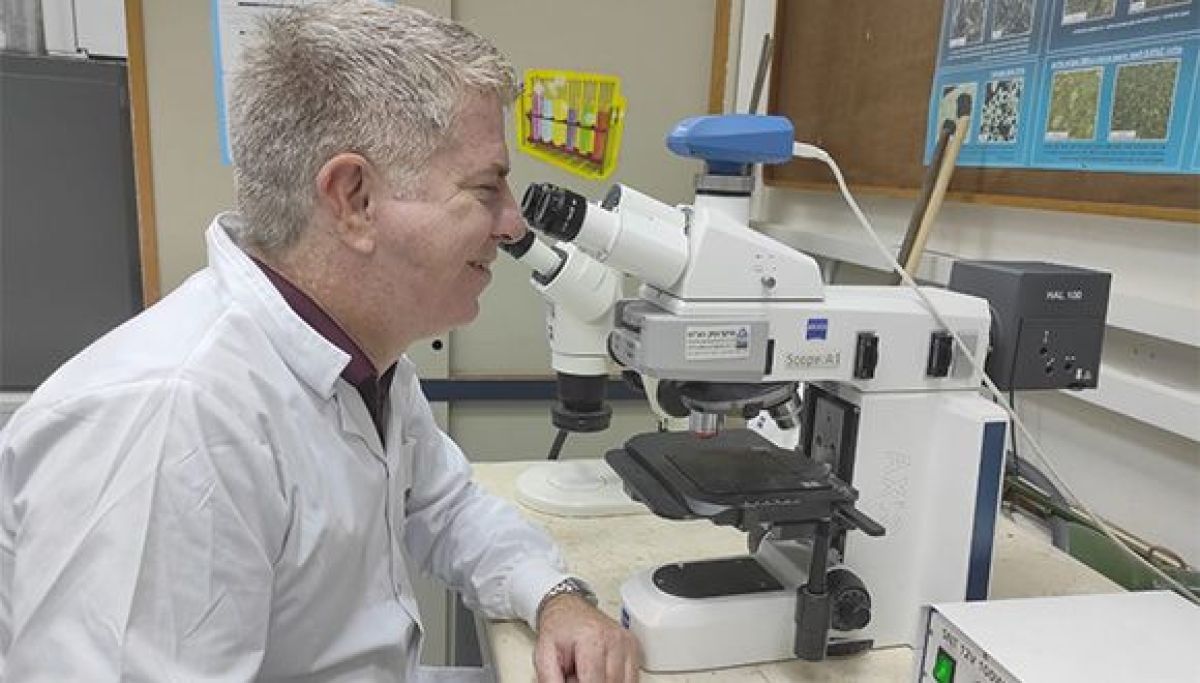TAU Researchers Discover Antibody Combo that Fights COVID-19
The cocktail, which could treat and temporarily prevent the coronavirus, is advancing to clinical trials
Researchers at Tel Aviv University identified a combination of COVID-19 antibodies that can serve as both medication for patients and preventive treatment for high-risk populations. The antibody cocktail will be tested in clinical trials over the next few months. Similarly, TAU has submitted a patent application for the antibodies discovered by the researchers.
The scientific breakthrough was achieved by Dr. Natalia Freund and PhD student Michael Mor at the Laboratory of Human Antibody Research at TAU’s Sackler Faculty of Medicine. The results of the study are under revision in the PLOS Pathogens journal.
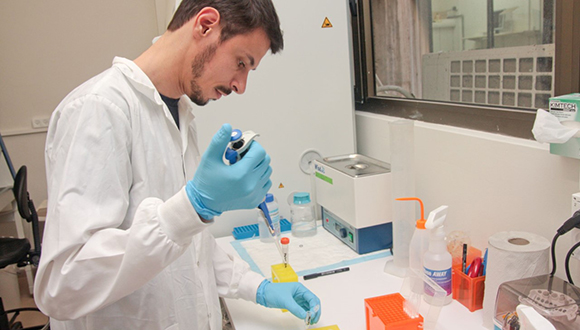
PhD student Michael Mor
Another important find in the study was that asymptomatic COVID-19 sufferers or those who had mild symptoms developed a weaker antibody reaction, and therefore may contract the disease again. By contrast, all severely ill patients analyzed in the study developed neutralizing antibodies that are likely to protect them from reinfection.
Dr. Freund and her team sequenced thousands of antibodies produced in the bodies of Israeli COVID-19 patients. The researchers were able to isolate and characterize six antibodies derived from the blood of two severely ill patients. They then proved that combinations of three antibodies at a time are effective against COVID-19, providing natural immunity. The researchers found that the blood’s capacity for neutralizing the virus comes from several types of antibodies that simultaneously attack the virus, and the mix neutralizes the COVID-19 virus.
“Since the antibodies are natural and remain stable in the blood, one injection can protect against COVID-19 for several weeks, or even several months,” says Freund. “Our vision is that in the future, the cocktail will be used to treat COVID-19 patients – like the experimental cocktail administered to U.S. President Trump, or as a preventive measure for high-risk populations and medical personnel – until the much-awaited vaccine finally arrives. This cocktail was developed naturally by the patients’ immune systems, which means that it is probably safe for use,” say the researchers.
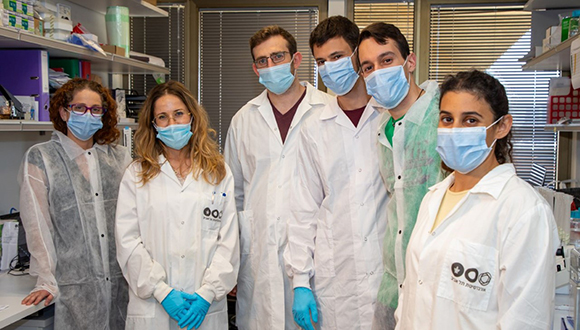
The team
In the second stage of the project, the researchers tried to isolate specific antibodies that stop the virus from binding to the human cell and replicating itself inside the cell. They identified six different antibodies, obtained from two severely ill participants, and proved that these antibodies are effective in both treating and preventing infection in cell cultures.
The research began in April 2020, soon after the pandemic reached Israel. Dr. Freund and her team studied 18 of Israel’s earliest COVID-19 patients. “One question we asked was whether there was any difference between mild and severe cases – with regard to both the quality and quantity of the anti-viral antibodies produced by the immune system. We found a significant statistical difference between the two groups of patients in the ability of their antibodies to neutralize COVID-19: Only a small portion of the mildly ill participants developed neutralizing antibodies, and some developed no antibodies whatsoever. Thus, we may assume that people who were infected but remained asymptomatic or developed very mild symptoms, may possibly contract the disease a second time. The blood of all severely ill patients, on the other hand, contained neutralizing antibodies that will probably protect them from reinfection.”
Many experts took part in the project: participating patients were recruited with the help of Dr. David Hagin, Director of Allergy and Immunology at the Tel Aviv Sourasky (Ichilov) Medical Center and Dr. Oren Zimhony, Head of Infectious Diseases at the Kaplan Medical Center. Genetic sequencing of immune cells was conducted in collaboration with the Israeli startup immunai and sequence analysis was done with the help of Dr. Gur Yaari of Bar-Ilan University. The antibodies were characterized in collaboration with Prof. Jonathan Gershoni and Dr. Oren Kobiler of Tel Aviv University. Pseudo-viral neutralization assays were run with the assistance of Dr. Meital Gal-Tanamy and Dr. Moshe Dessau of Bar-Ilan University’s Faculty of Medicine in the Galilee. Neutralization tests for the cocktail of antibodies against the live virus were run in collaboration with Dr. Ben Croker of the University of California, San Diego.

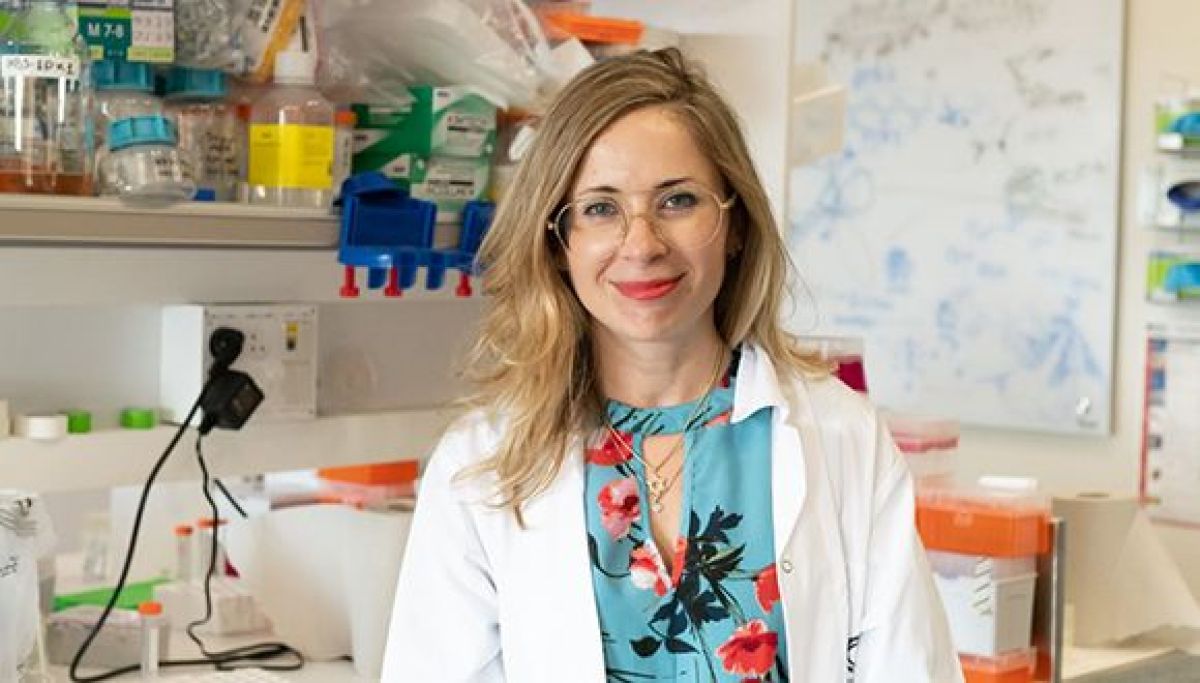

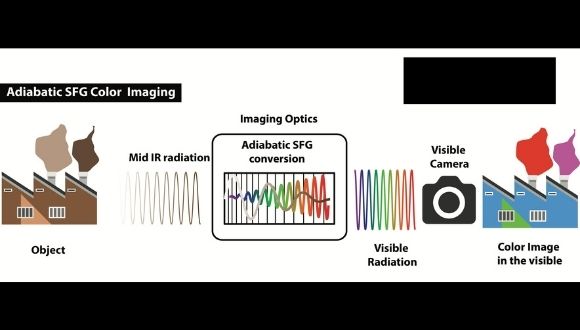

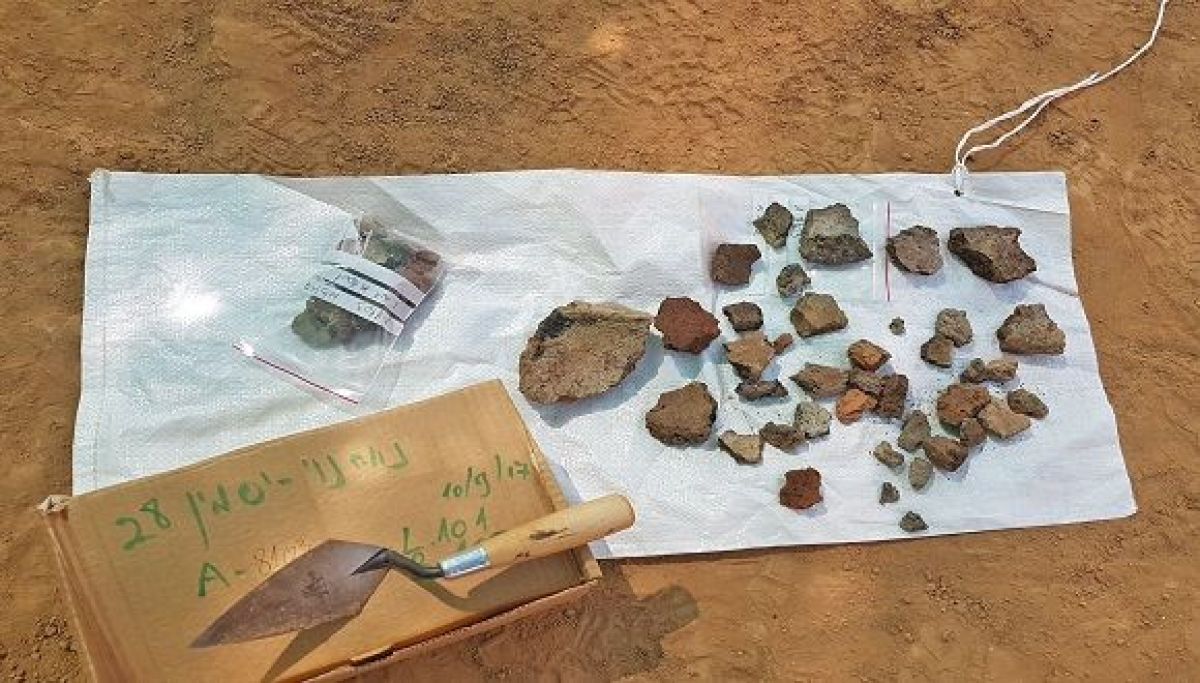


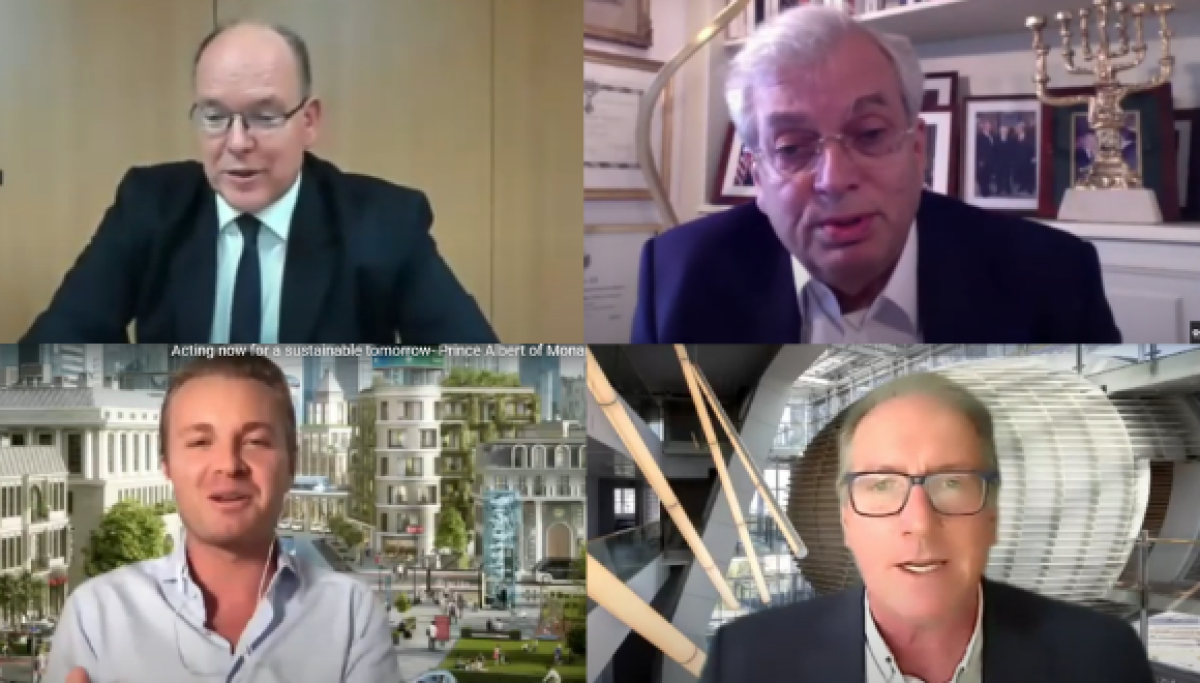
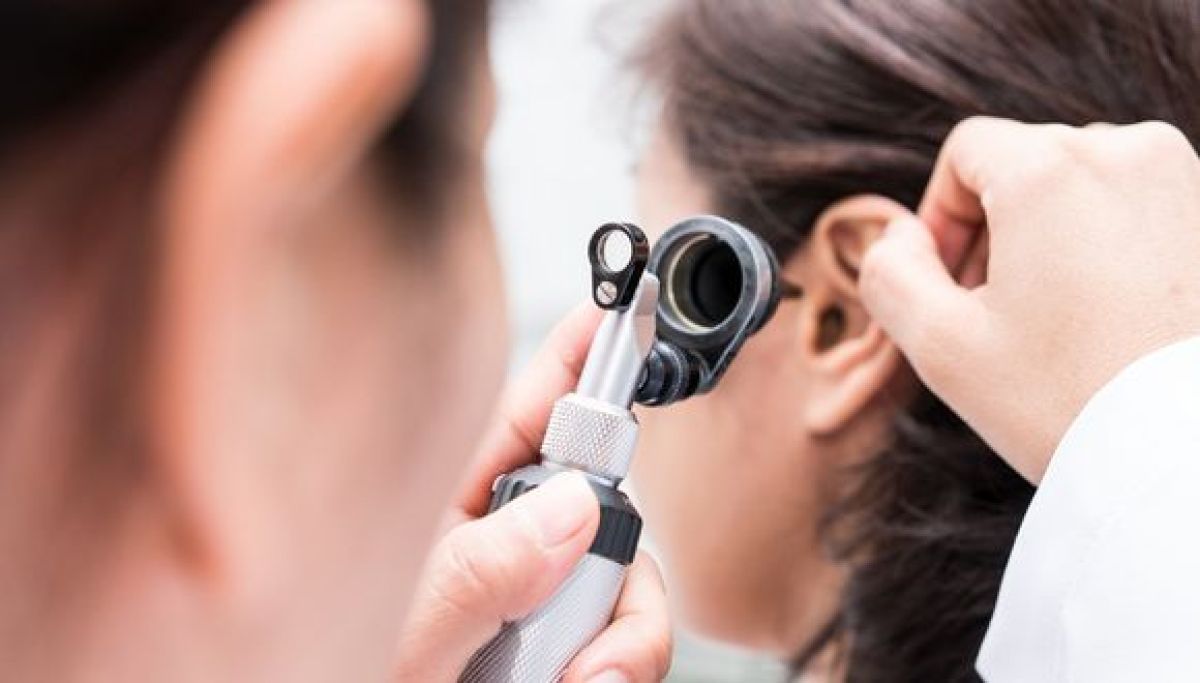
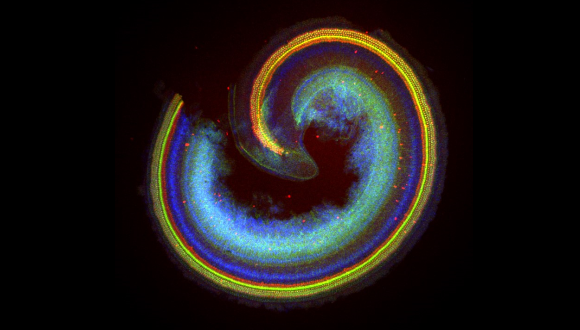
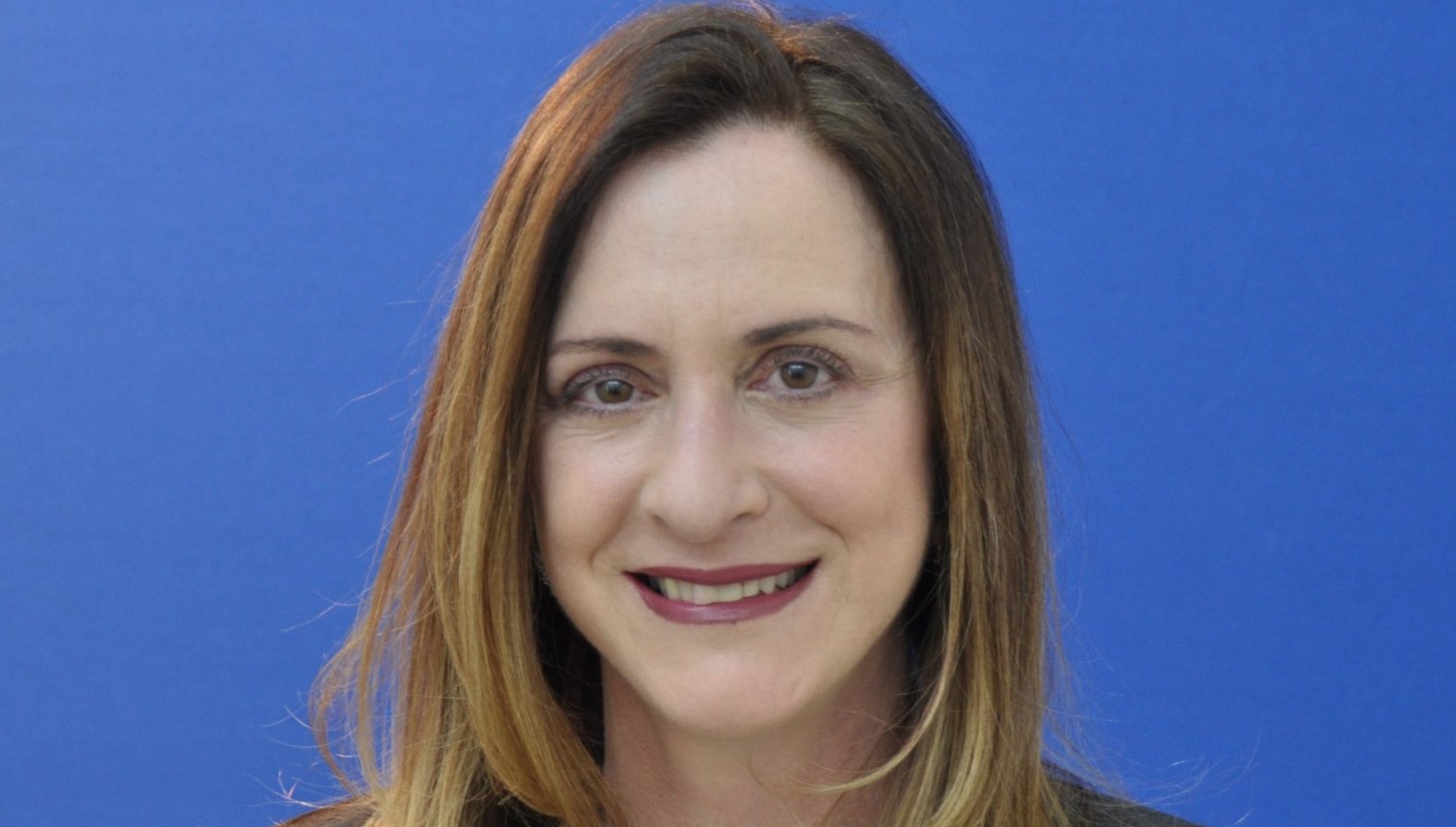

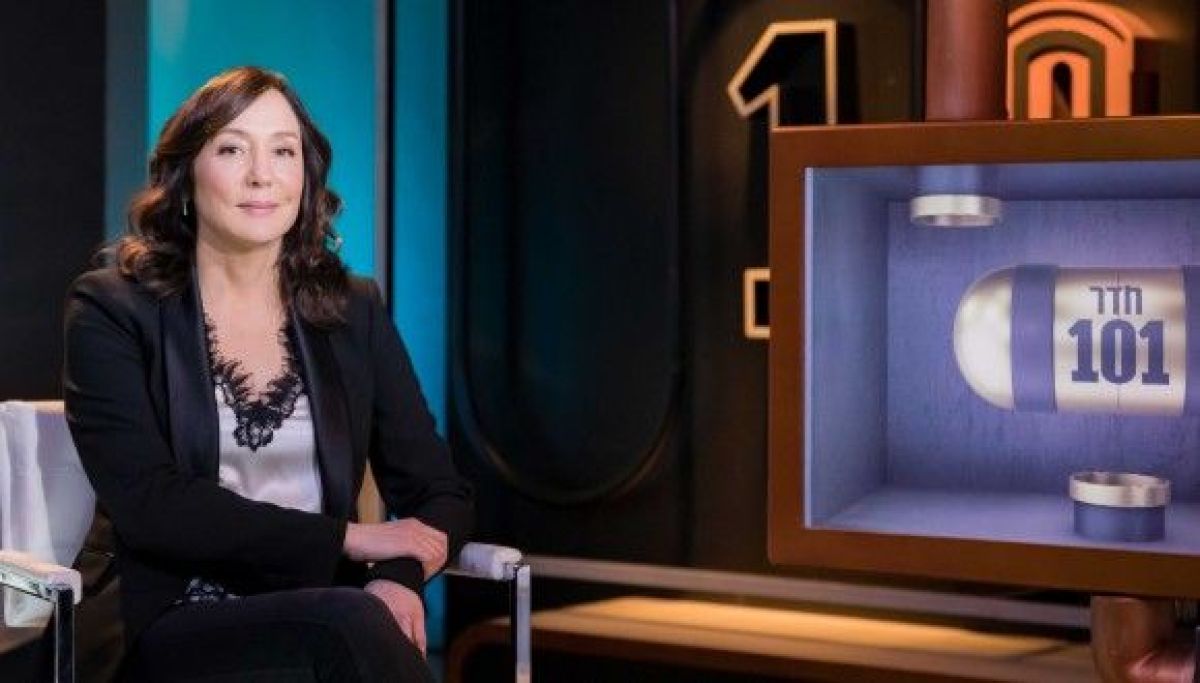
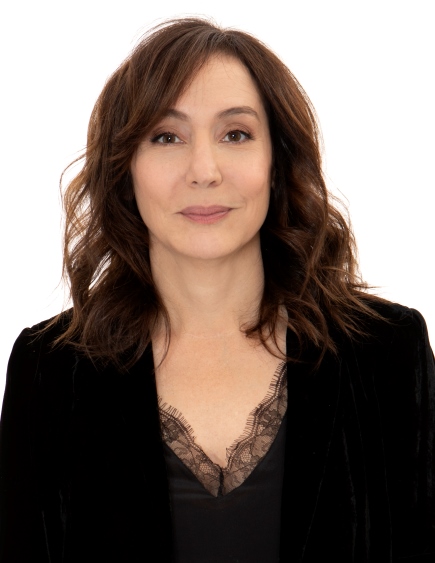 Photo: Adi Orni
In addition to her radio show and Back of the Nation, she hosts the Israeli version of the BBC TV program Room 101, in which she interviews Israeli personalities about their biggest fears or pet peeves. She also lectures about humor and writes newspaper columns. She recently produced a documentary about the anti-aging industry.
Galili is one of several well-known female comedians in Israel, but women are still the minority in the field. An avowed feminist, she says that she insists on having at least one female writer on the Back of the Nation team. What separates her from her male counterparts, she says, are the jokes she doesn’t make. She will never make a joke about a woman being old or ugly or fat, she says. ”It’s not in my agenda.”
Photo: Adi Orni
In addition to her radio show and Back of the Nation, she hosts the Israeli version of the BBC TV program Room 101, in which she interviews Israeli personalities about their biggest fears or pet peeves. She also lectures about humor and writes newspaper columns. She recently produced a documentary about the anti-aging industry.
Galili is one of several well-known female comedians in Israel, but women are still the minority in the field. An avowed feminist, she says that she insists on having at least one female writer on the Back of the Nation team. What separates her from her male counterparts, she says, are the jokes she doesn’t make. She will never make a joke about a woman being old or ugly or fat, she says. ”It’s not in my agenda.”
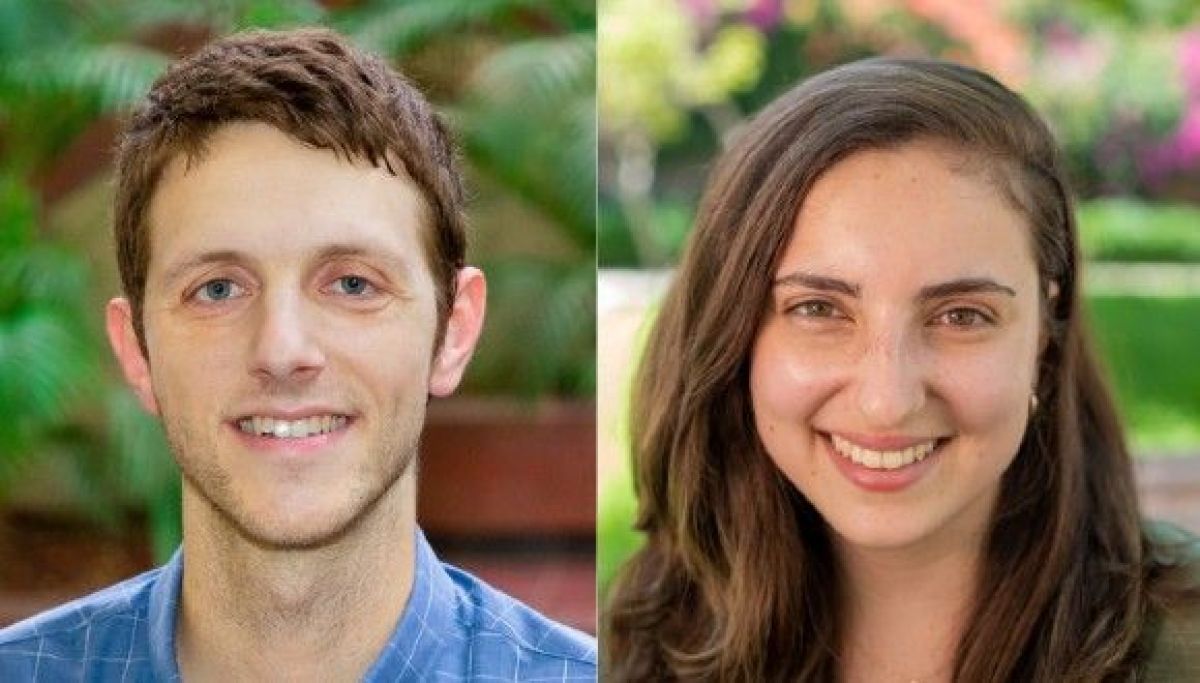
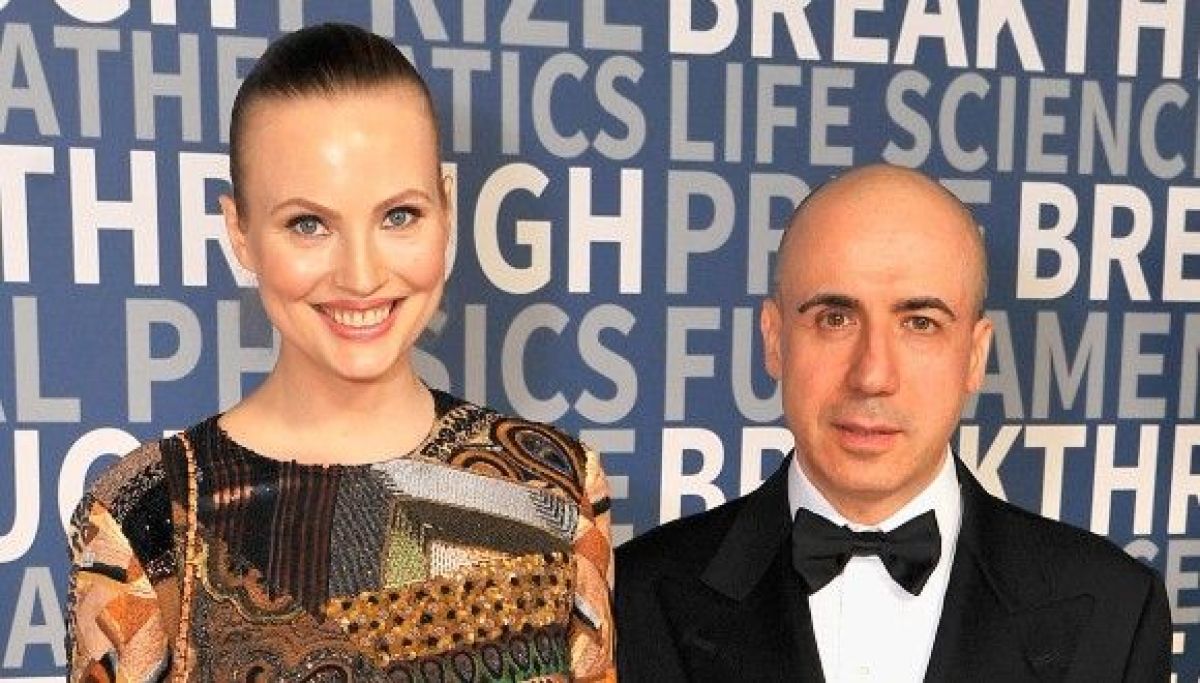
 We must also recognize that science is global and universal. It is one of the few fabrics that connects the world and brings us all together. Especially in the world now, when people are feeling separated from each other due to the COVID-19 crisis, I think science is one of those elements that brings us all together.
Photo (left): The Milners at a TAU event in honor of the 70 for 70 Initiative. Credit: Yehonatan Zur.
What lies behind your idea that scientists should be compensated like celebrities?
In today’s world, recognition is based on either celebrity status or financial wealth. Few people are celebrated for their intellectual achievements. What the Breakthrough Prize is trying to achieve is to bring about a more balanced world whereby intellectual achievement will be celebrated at least on par with other achievements, and where scientists will receive the recognition they deserve. We thought that celebrating the most brilliant minds could maybe inspire kids interested in science to pursue an academic career.
What advice would you give to young Israeli scientists who dream of changing the world?
Although I tried for a number of years to do this myself, I wasn’t too successful. My advice would be contrary to my own experience – try to focus on fundamental science. If you put your name on a building, that building will not survive over hundreds of years. But if you make a scientific discovery, this is something that cannot ever be undone. In a thousand years from now, Einstein will still be remembered for his theory of general relativity, while many other great men will be forgotten. So if you really want to leave a lasting legacy for our civilization, the only sure way is through fundamental science and making discoveries.
I envy people who choose basic science as their occupation. Not being able to make a contribution myself, I am trying to focus our foundation on supporting those who can.
Tell us about your connection to Israel and making Aliyah.
I became an Israeli citizen over 20 years ago. This was really an important calling for me because, growing up in the Soviet Union, I had limited ability to connect with my heritage and ancestors in a meaningful way. As soon as it was possible, I decided to become an Israeli citizen and, to the extent possible, to contribute to the State of Israel.
Featured image: Yuri and Julia Milner. Courtesy of Yuri and Julia Milner.
We must also recognize that science is global and universal. It is one of the few fabrics that connects the world and brings us all together. Especially in the world now, when people are feeling separated from each other due to the COVID-19 crisis, I think science is one of those elements that brings us all together.
Photo (left): The Milners at a TAU event in honor of the 70 for 70 Initiative. Credit: Yehonatan Zur.
What lies behind your idea that scientists should be compensated like celebrities?
In today’s world, recognition is based on either celebrity status or financial wealth. Few people are celebrated for their intellectual achievements. What the Breakthrough Prize is trying to achieve is to bring about a more balanced world whereby intellectual achievement will be celebrated at least on par with other achievements, and where scientists will receive the recognition they deserve. We thought that celebrating the most brilliant minds could maybe inspire kids interested in science to pursue an academic career.
What advice would you give to young Israeli scientists who dream of changing the world?
Although I tried for a number of years to do this myself, I wasn’t too successful. My advice would be contrary to my own experience – try to focus on fundamental science. If you put your name on a building, that building will not survive over hundreds of years. But if you make a scientific discovery, this is something that cannot ever be undone. In a thousand years from now, Einstein will still be remembered for his theory of general relativity, while many other great men will be forgotten. So if you really want to leave a lasting legacy for our civilization, the only sure way is through fundamental science and making discoveries.
I envy people who choose basic science as their occupation. Not being able to make a contribution myself, I am trying to focus our foundation on supporting those who can.
Tell us about your connection to Israel and making Aliyah.
I became an Israeli citizen over 20 years ago. This was really an important calling for me because, growing up in the Soviet Union, I had limited ability to connect with my heritage and ancestors in a meaningful way. As soon as it was possible, I decided to become an Israeli citizen and, to the extent possible, to contribute to the State of Israel.
Featured image: Yuri and Julia Milner. Courtesy of Yuri and Julia Milner.
